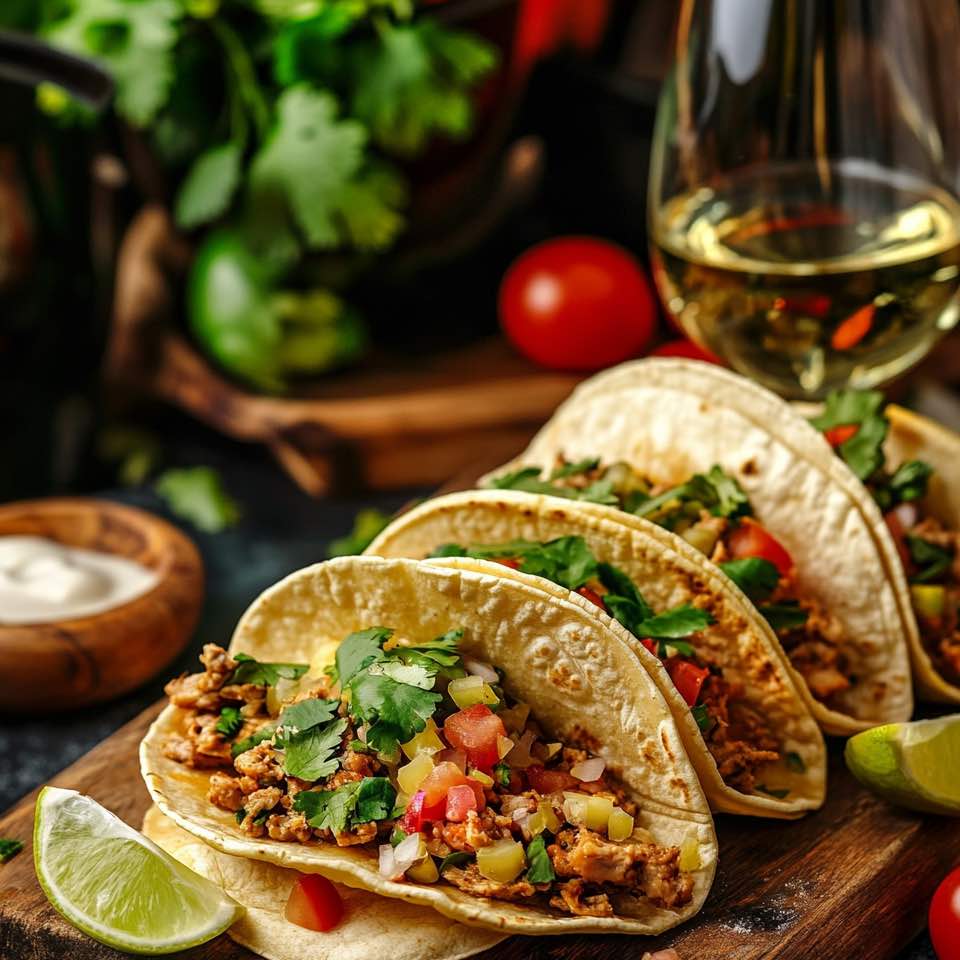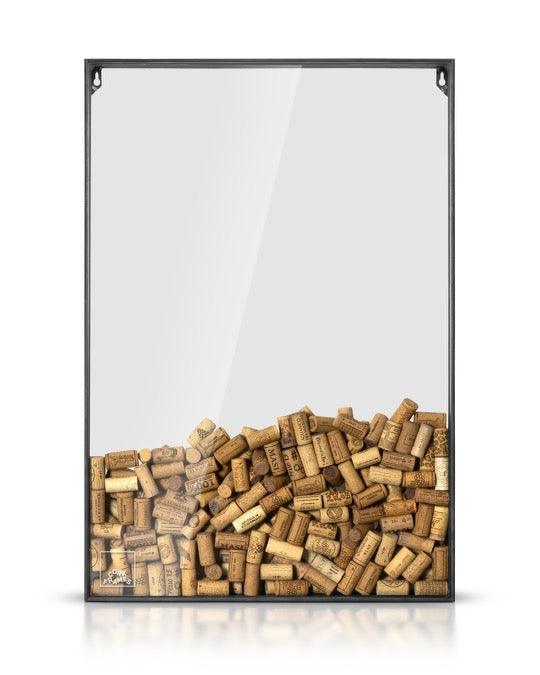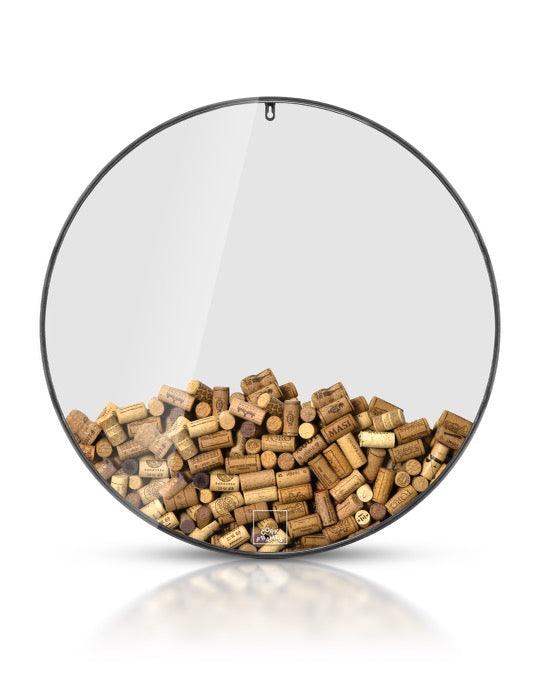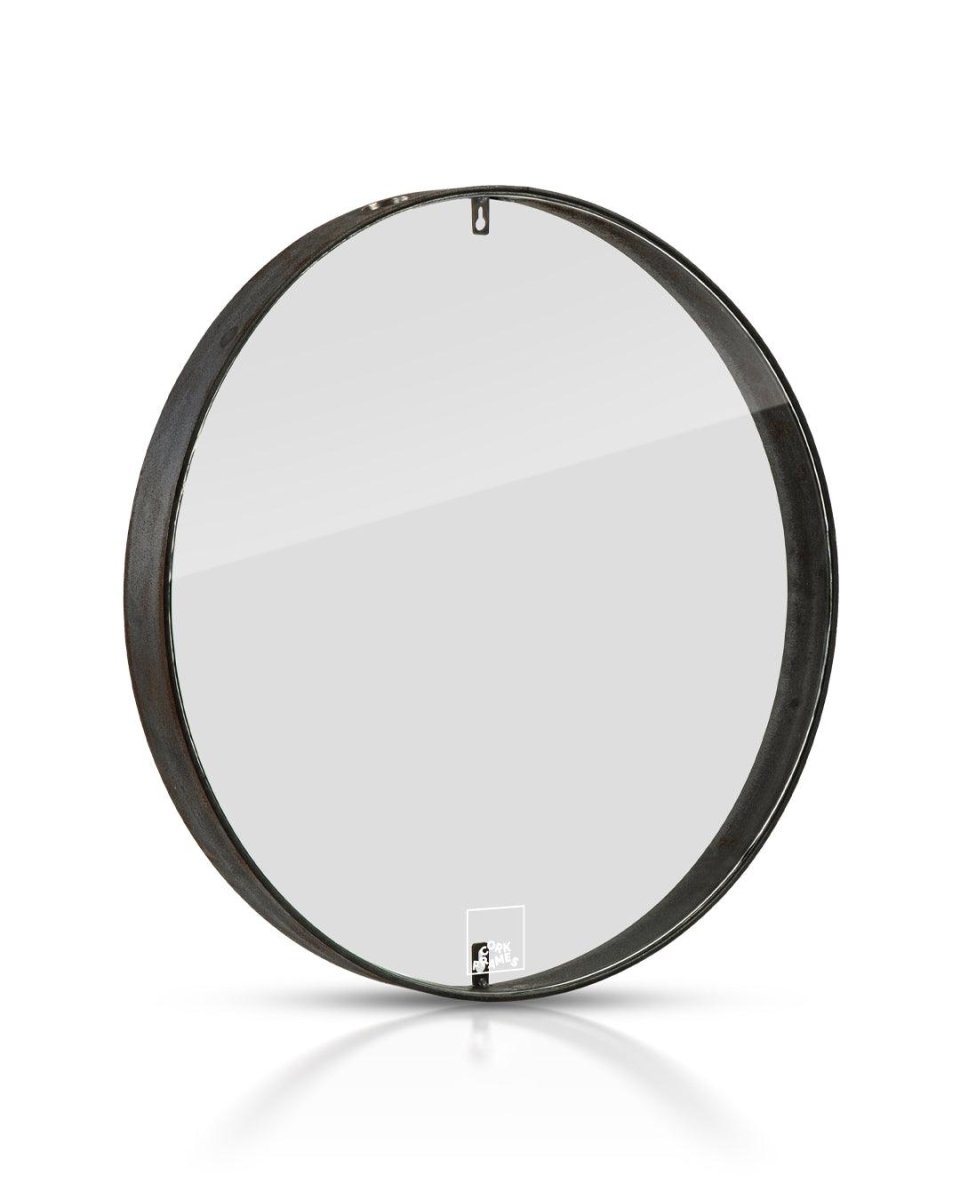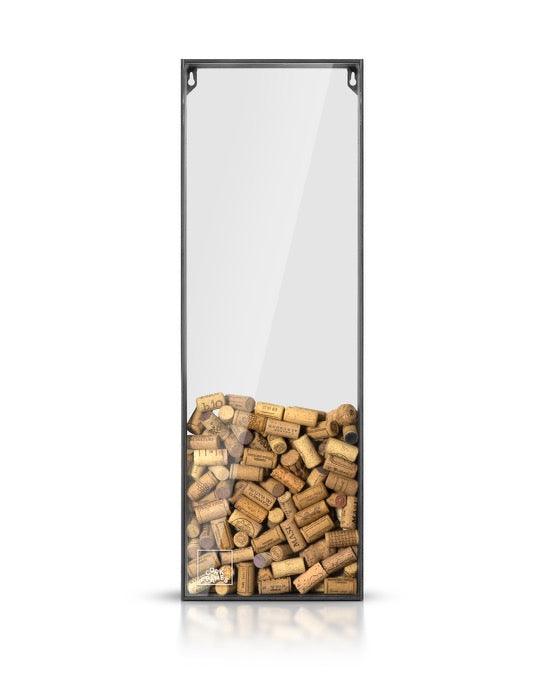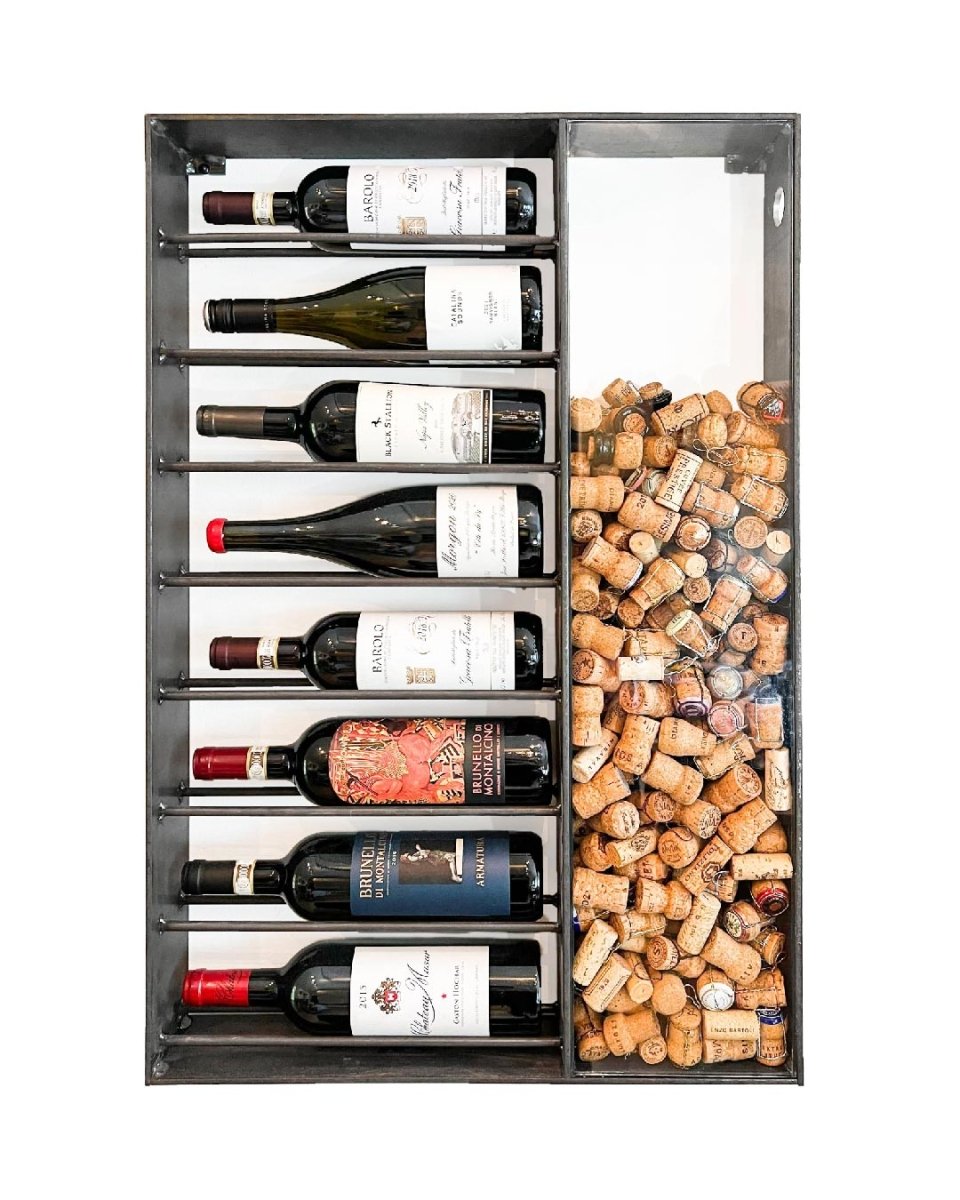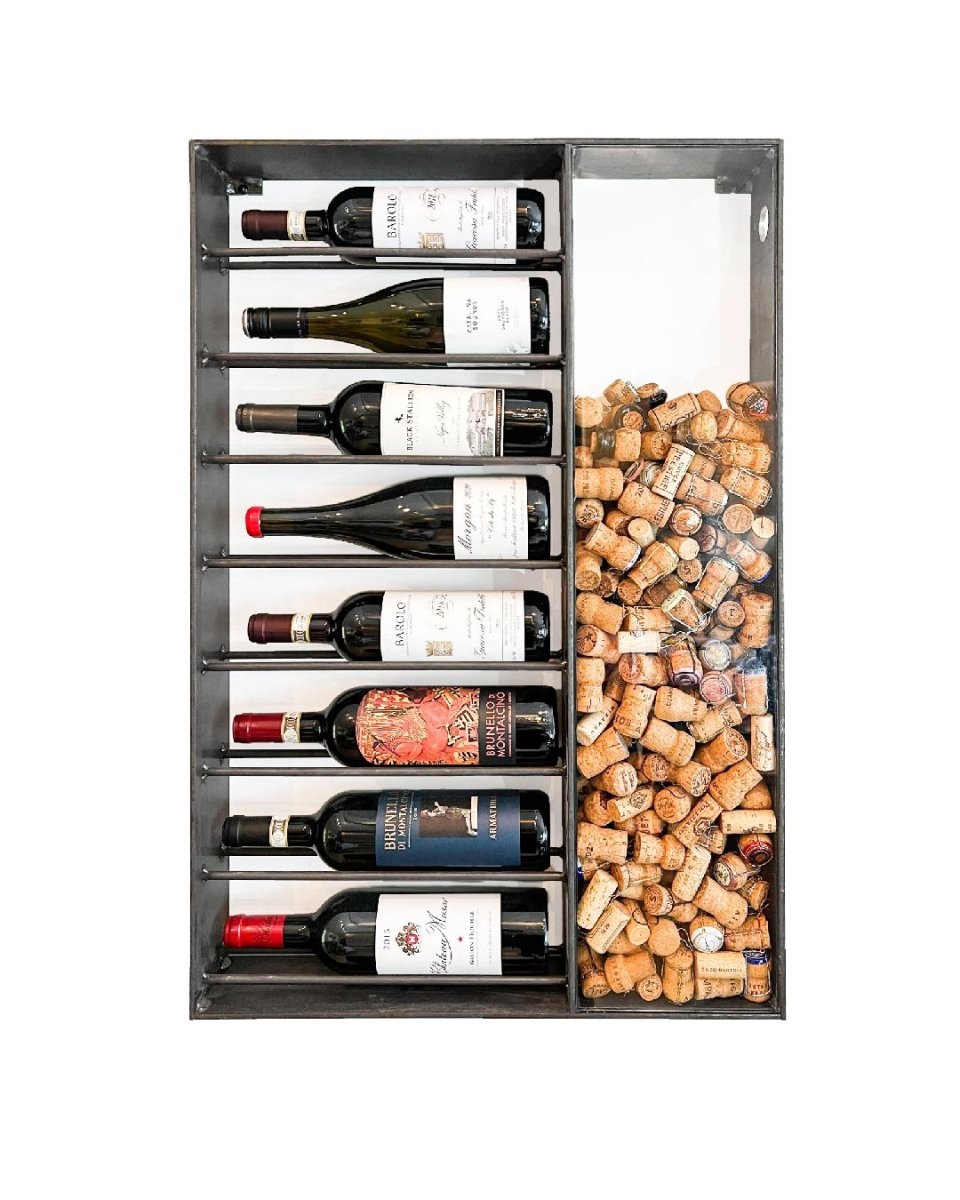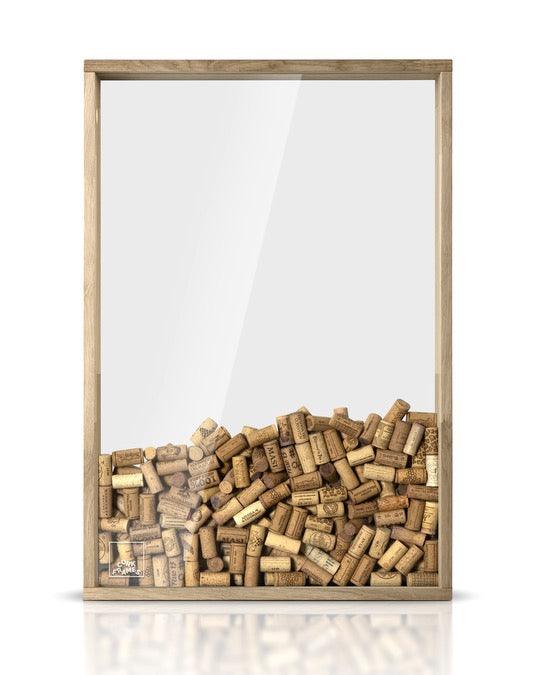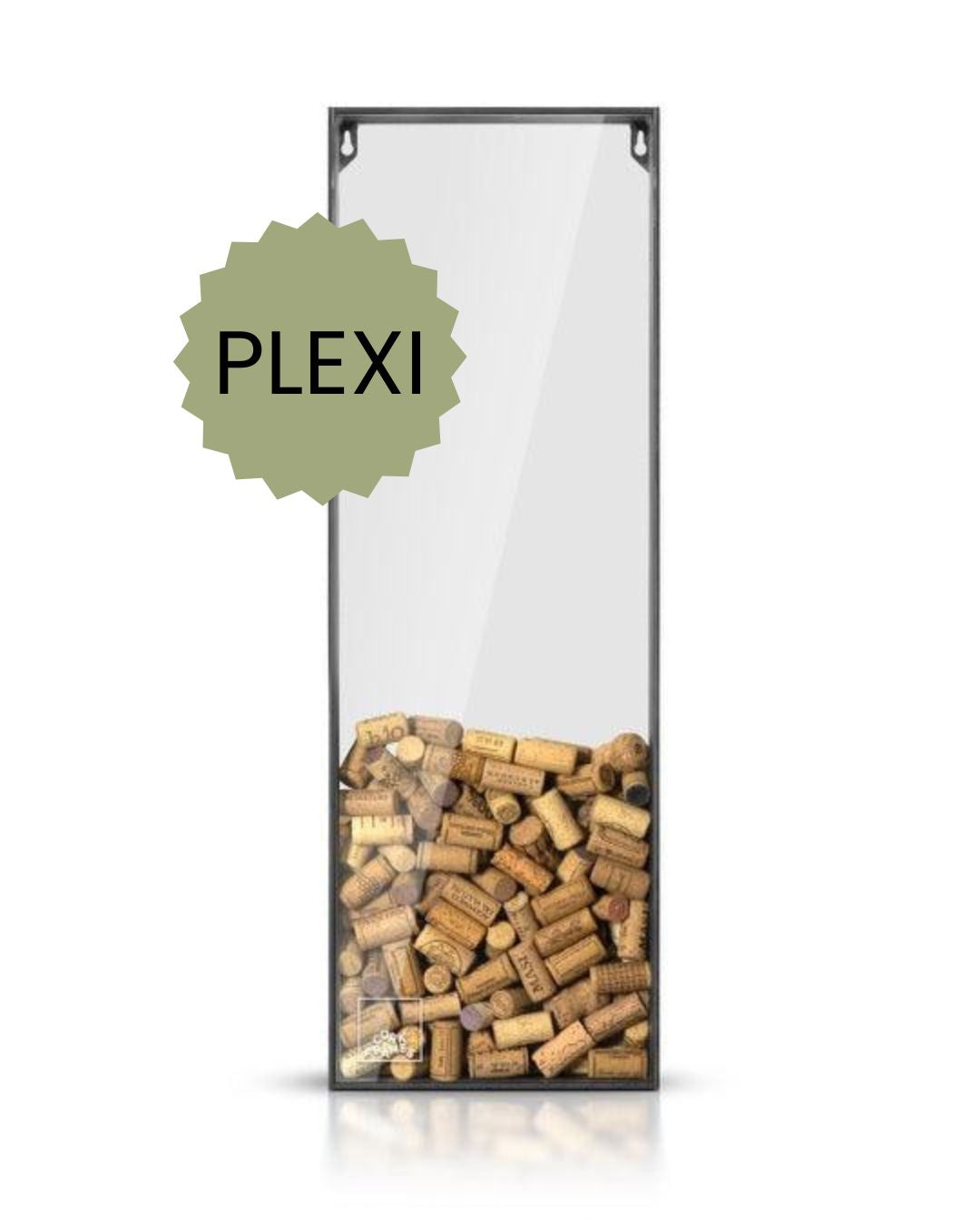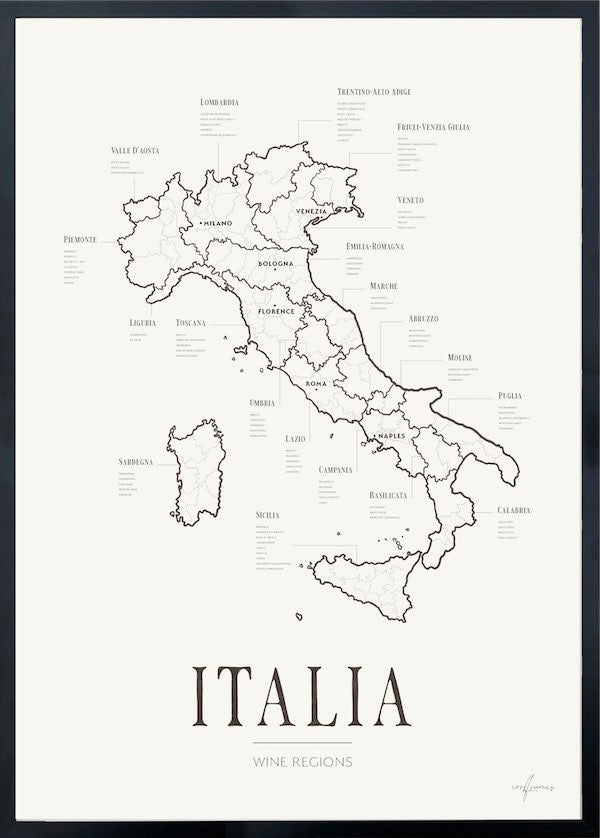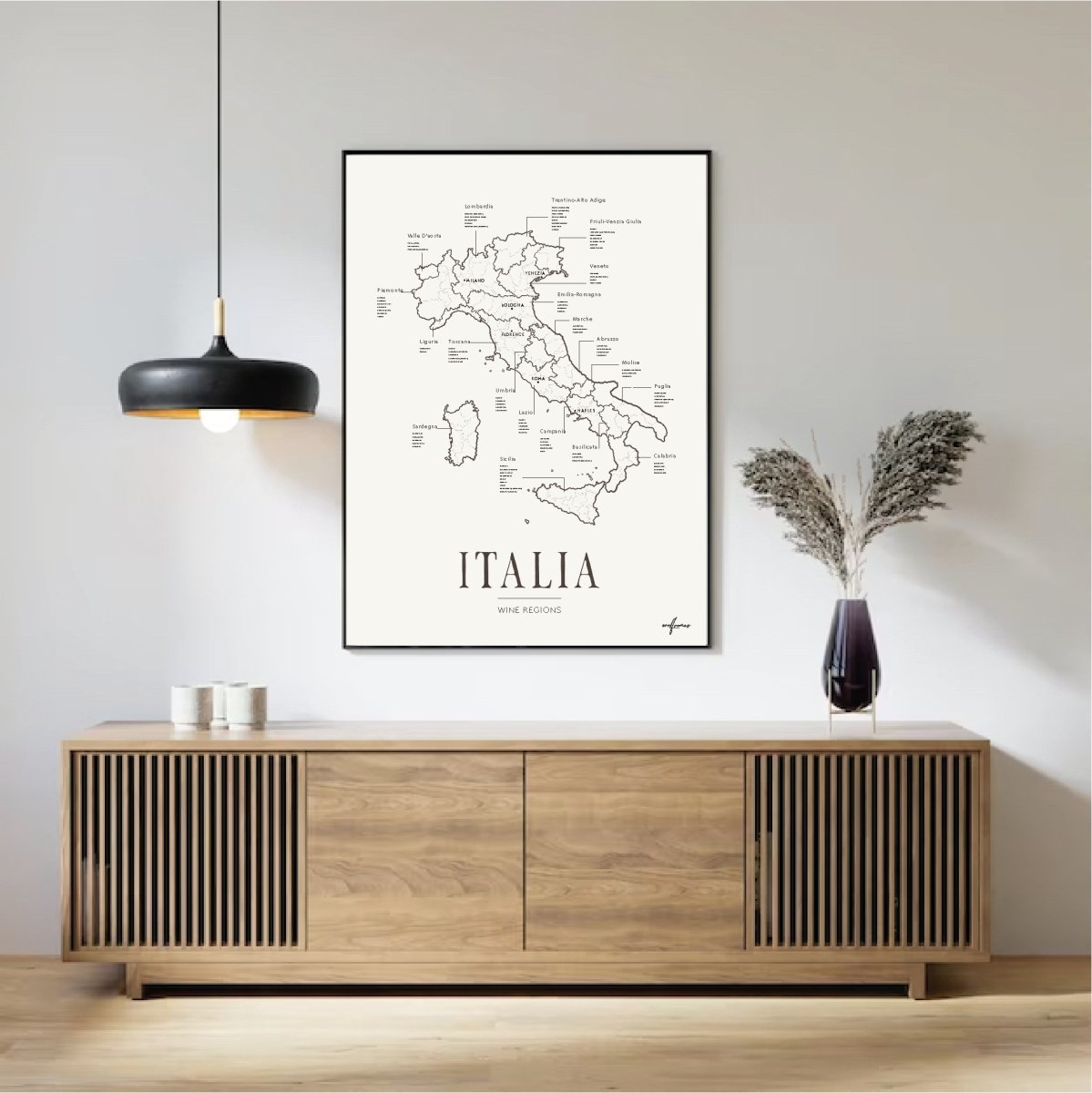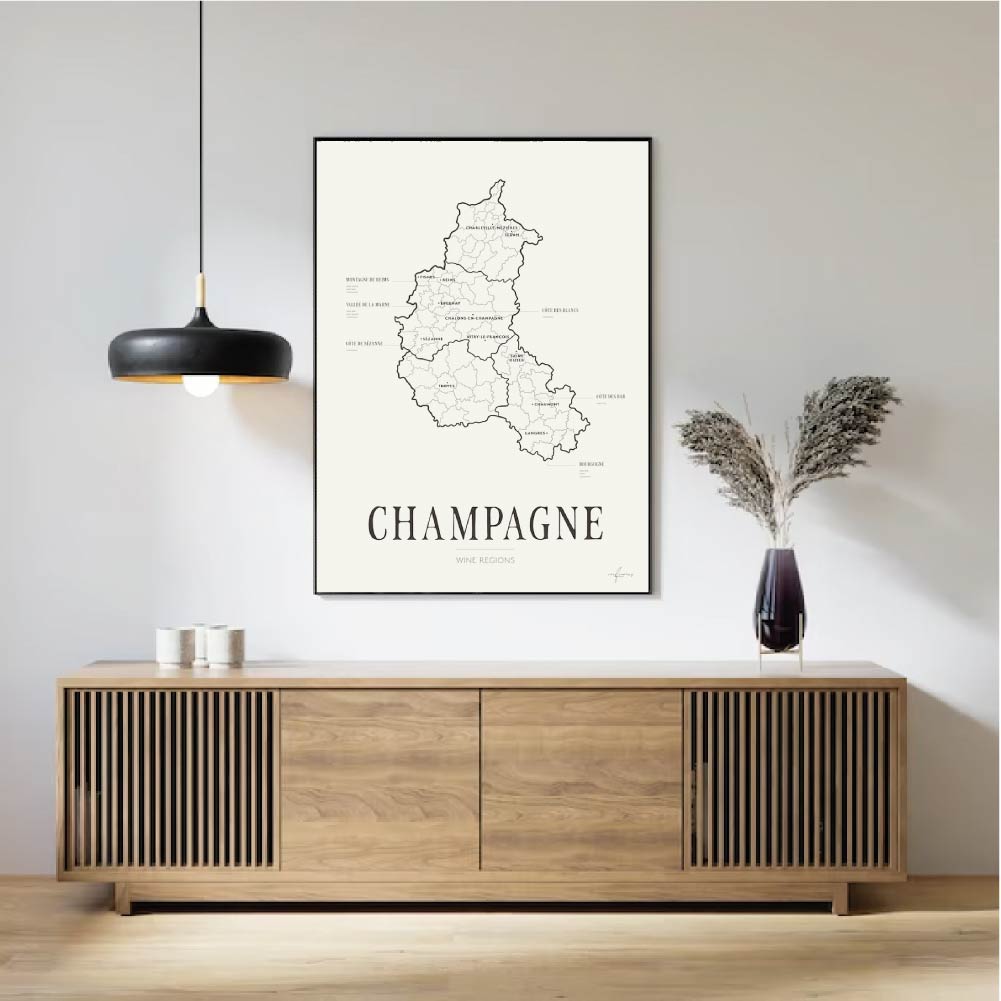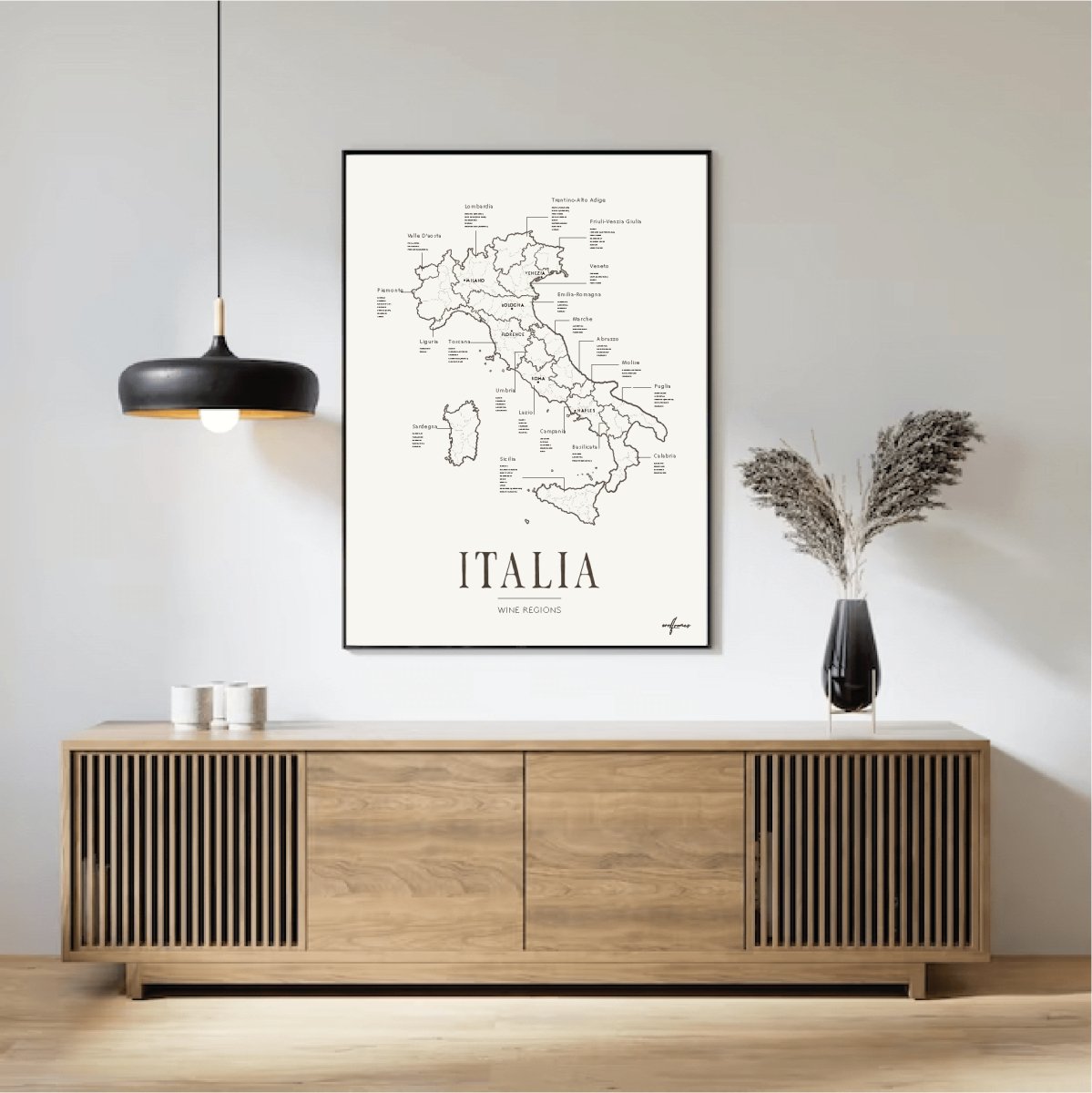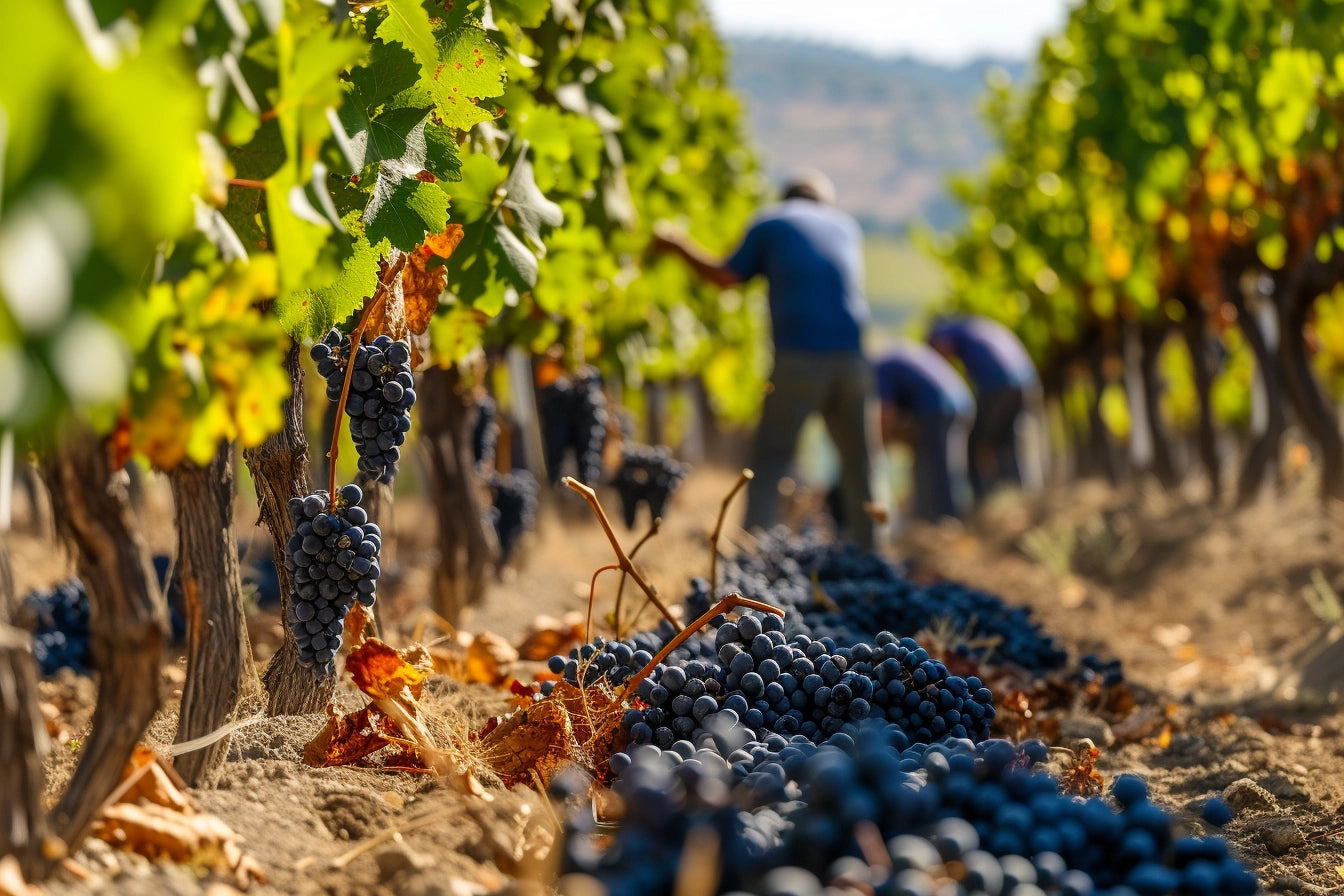When we think of wine origins, the classic wine countries like France, Italy, and Spain usually come to mind—places where winemaking traditions have flourished for centuries.
However, while these countries still produce some of the world's most iconic wines, a new generation of winemakers is putting lesser-known regions on the map. Across remote mountain slopes and in unexpected climate zones, unique wine experiences are emerging, and these new wine regions are challenging old perceptions of where the world’s best wines are made.
Georgia – Rediscovering the Cradle of Wine
Georgia has long been recognized as the birthplace of wine, with winemaking traditions stretching back over 8,000 years. Despite its rich history, the country was long overshadowed in the wine world, but recently, interest in Georgian wines has surged. Many Georgian winemakers still use traditional methods, such as fermenting wine in “qvevri” – large clay pots buried underground. This technique gives the wines an earthy, mineral-rich character that stands out on the international market. Grapes like Saperavi (red) and Rkatsiteli (white) are local stars, and their unique flavor profiles have caught the attention of sommeliers worldwide.
Croatia – Hidden Treasures of the Adriatic Coast
Croatia, known for its sunny beaches and crystal-clear waters, has also begun to make a name for itself in the wine world. The Dalmatian region produces outstanding wines, particularly from the Plavac Mali grape, a close relative of Zinfandel. The red wines here are powerful, fruity, and exhibit a distinct minerality, thanks to the rocky soils of the area. But Croatia also offers elegant white wines from Istria and Slavonia, where the Graševina (Welschriesling) grape produces crisp, aromatic wines with high acidity, perfect for pairing with local seafood.
Mexico – Sun, Sand, and Wine
Mexico might not be the first country one associates with wine, but it has quickly become a wine region to watch. Valle de Guadalupe, located in Baja California, has developed into a hub for modern Mexican wine production. With its dry climate and cool ocean breezes, the region offers perfect conditions for growing grapes. Winemakers here experiment with various international grape varieties, such as Cabernet Sauvignon, Nebbiolo, and Chenin Blanc. The wines are often bold, with ripe fruit and a clear expression of terroir, and Mexico’s wine production is growing in both quantity and quality.
England – Cold Climate, Hot Wines
England’s climate, long thought to be too cold and wet for quality winemaking, has surprisingly become ideal for sparkling wines. With warmer temperatures due to climate change, southern England has developed into a serious competitor to Champagne. The chalky soils in Sussex and Kent are similar to those in Champagne, and English winemakers have mastered the art of creating high-quality sparkling wines, using traditional methods and grape varieties like Chardonnay, Pinot Noir, and Pinot Meunier. English sparkling wines are winning awards in international competitions and are one of the fastest-growing sectors in the wine industry.
China – A New Power in Wine
With its large population and diverse climates, China is emerging as a serious player in the wine world. The Ningxia region, located between the Gobi Desert and the Yellow River, has proven particularly promising for viticulture. Its dry climate and high altitude produce wines with clean fruit and good acidity, particularly from Cabernet Sauvignon and Merlot. Chinese winemakers are beginning to draw inspiration from Bordeaux and California, creating wines that are gaining attention on the global stage. Despite its relatively short winemaking history, China has the potential to become one of the world’s largest wine producers.
Lebanon – The Survivor of Wines
Winemaking in Lebanon dates back thousands of years, but it is only recently that the country’s wines have started gaining international recognition. Despite challenges like war and instability, Lebanese winemakers continue to produce some of the most impressive wines in the Middle East. The Bekaa Valley, with its high elevation and dry climate, is the country’s premier wine region. Both indigenous and French grape varieties, such as Cabernet Sauvignon, Cinsault, and Syrah, are grown here. Wines from Lebanon, especially from the legendary producer Château Musar, are known for their complexity and unique character.
A World of New Flavors
The discovery of these emerging wine regions opens the door to a world of flavors that go beyond the classic wine countries. Winemakers in these areas combine old traditions with modern techniques to create wines that reflect their distinctive terroir. With the growing demand for diversity and sustainability in the wine world, we are witnessing a new era where more regions than ever are getting their chance to shine. So next time you’re looking for a bottle of wine, venture beyond the usual names—you might discover a new favorite from one of the world’s hidden wine gems.



